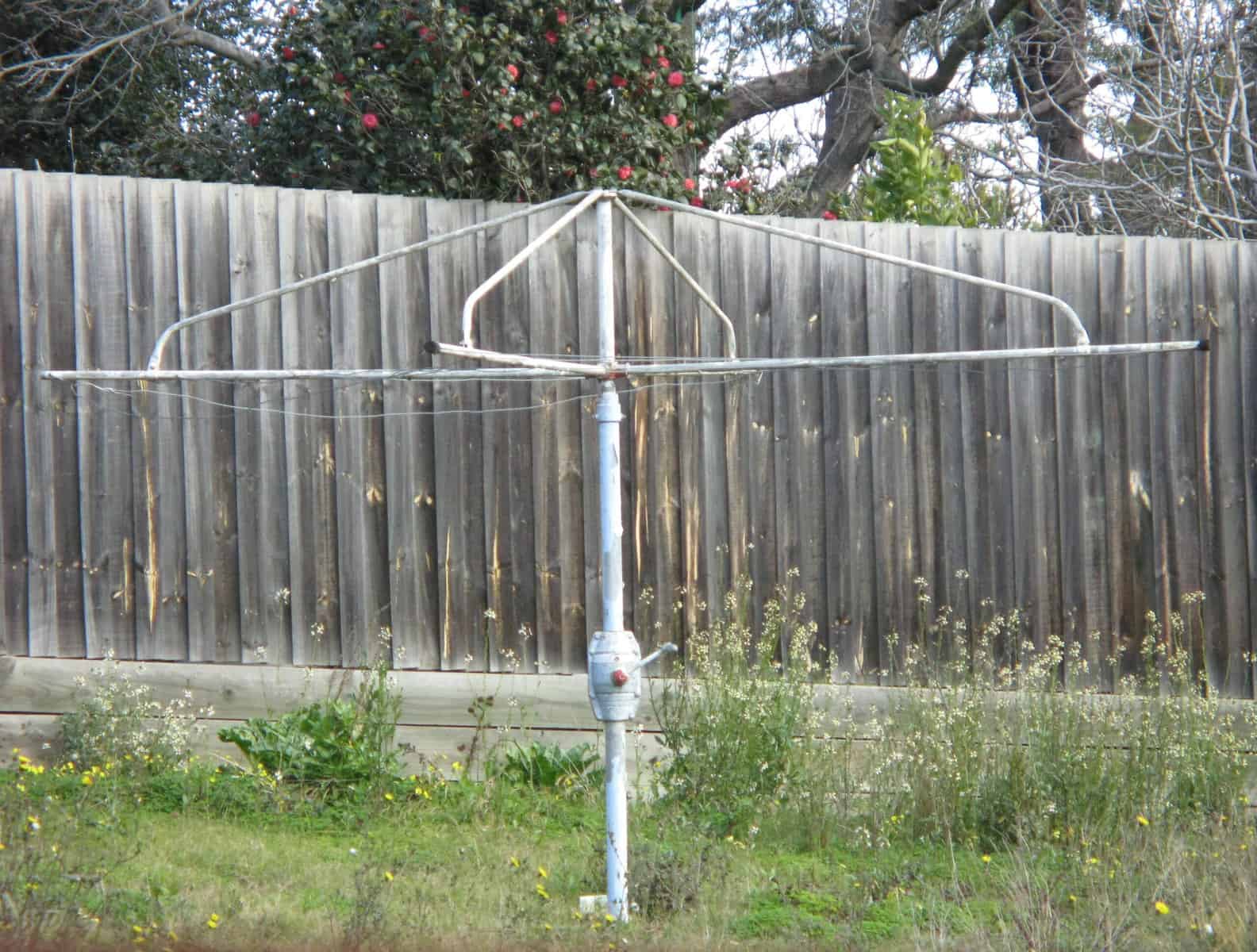The Fascinating Tale of the Hills Hoist Inventor
Welcome, lovely parents and history enthusiasts! Today, we embark on a delightful journey through time to uncover the story of a clever invention that transformed backyards across Australia and beyond—the Hills Hoist. Whether you’re laundering little ones’ clothes or just curious about historical innovations, you’re in for a treat. Let’s swing into the amazing tale of the Hills Hoist and its inventor!
Meet Lance Hill: The Man Behind the Hoist
Picture it: Adelaide, 1945. Lance Hill, a visionary mind with a knack for solving practical problems, found himself pondering a simple yet universal challenge—drying clothes efficiently.
In a time when sprawling clotheslines or cumbersome stationary hoists dominated backyards, Hill’s inventive spirit soared. Driven by the need for a space-saving and efficient solution, Hill, together with his brother-in-law Harold Ling, crafted the first prototype of what we now know as the Hills Hoist.
The Ingenuity of the Original Design
The initial concept of the Hills Hoist was nothing short of revolutionary. Its genius lay in the galvanized steel construction and a clever winding mechanism that allowed the clothesline to be raised and lowered with ease. This meant even the heaviest of wet laundry could dry in the fresh air, well above the reach of mischievous pets and playful children. As a bonus, the rotary design ensured that clothes caught more breeze and dried faster than on traditional lines.
From Backyard Project to National Icon
The Hills Hoist rapidly transformed from a handy backyard invention to an Australian cultural icon. Families everywhere embraced the durable and practical design, and it wasn’t long before the Hills Hoist became a staple in homes across the nation.
In the decades that followed, the image of a sturdy Hills Hoist twirling in the breeze became synonymous with the quintessential Australian lifestyle. It epitomized the joy of outdoor living and the nation’s love for practical innovations.
A Patent and a Flourishing Business
Recognizing the potential of his invention, Lance Hill patented his design and established Hills Hoists Ltd. in 1945. The company’s growth was phenomenal, reflecting the high demand for a homegrown solution to an everyday problem. The Hills Hoist wasn’t just a product; it became a beloved part of Australian domestic life.
Legacy and Continuation
Today, the legacy of Lance Hill and his Hills Hoist lives on, standing as a testament to Australian ingenuity. While the modern iterations of the rotary clothesline feature cutting-edge materials and advanced technology, the heart of Hill’s initial invention remains true—solving a simple problem with extraordinary innovation.
In the next section of our guide, we’ll delve deeper into the history of Hills Hoists Ltd., explore how the Hills Hoist has evolved over the years, and share fun tidbits on how the Hills Hoist has been celebrated in Australian culture. Stay tuned as we continue to spin the yarn of one of Australia’s most ingenious backyard inventions.
Now, grab your laundry basket and relish in the thought that, as you hang each tiny sock or fluffy towel, you’re partaking in a timeless Australian tradition. Thanks to the brilliant mind of Lance Hill, parents like us can enjoy a chore turned into a breeze—literally!

5 Essential Things Parents Should Know About Preparing for a Hills Hoist
1. Space Requirements and Installation
Before introducing a shiny new Hills Hoist into your backyard, it’s important to consider the space needed. The area should be clear and flat to ensure stability and maximize usability. Installation can be a bit of an adventure, but with a dash of patience and the right tools, it’s absolutely manageable. You can either DIY following the manufacturer’s instructions or call in a pro for a hassle-free setup.
2. Safety Considerations
With kids frolicking in the backyard, safety is paramount. Ensure the Hills Hoist is securely anchored to prevent tipping, and regularly check for loose parts. Educate your little ones about using the clothesline responsibly—it’s not a swing or a climbing frame, after all! Keeping the hoist lowered when not in use can also minimize risks and keep your outdoor space kiddo-friendly.
3. Maintenance Tips
To keep your Hills Hoist in tip-top shape, a little TLC is in order. Regular cleaning of the lines, oiling the moving parts, and checking for rust keep the hoist functioning like a charm. Familiarize yourself with the manufacturer’s maintenance guide—this will ensure your clothesline serves you well for loads (pun intended!) of laundry days to come.
4. Efficient Laundry Practices
A Hills Hoist is a ninja when it comes to drying clothes efficiently. Maximizing the space by hanging larger items on the outer lines and smaller ones inside makes the most of the wind to speed up drying. It’s like conducting a symphony of socks and shirts that dance in the breeze to a dry and happy tune!
5. Embracing the Outdoors
One of the joys of the Hills Hoist is how it invites you to step outside and soak up a bit of nature. It’s not just a laundry-day task but an opportunity to breathe fresh air and have a moment of calm. Plus, involving the kiddos can spark a love for the outdoors and provide a practical lesson in domestic life. Bonus: sunlight is a natural whitener and disinfectant, helping keep those clothes bright and clean!
Equipped with these practical nuggets of wisdom, you’re all set to incorporate a Hills Hoist into your home. More than just a clothesline, it’s a slice of history and a nod to innovation that makes drying laundry a fresh-air delight!
Now that we’ve laid out the groundwork with our journey through the Hills Hoist history and preparations, in the next section, we’ll be exploring the delightful ways we can involve the whole family in laundry day with our trusty Hills Hoist. After all, it’s the shared experiences that weave the fabric of family life, creating sun-drenched memories one load of laundry at a time!
For more great fun click here. For more information see here
Disclaimer
The articles available via our website provide general information only and we strongly urge readers to exercise caution and conduct their own thorough research and fact-checking. The information presented should not be taken as absolute truth, and, to the maximum extent permitted by law, we will not be held liable for any inaccuracies or errors in the content. It is essential for individuals to independently verify and validate the information before making any decisions or taking any actions based on the articles.




